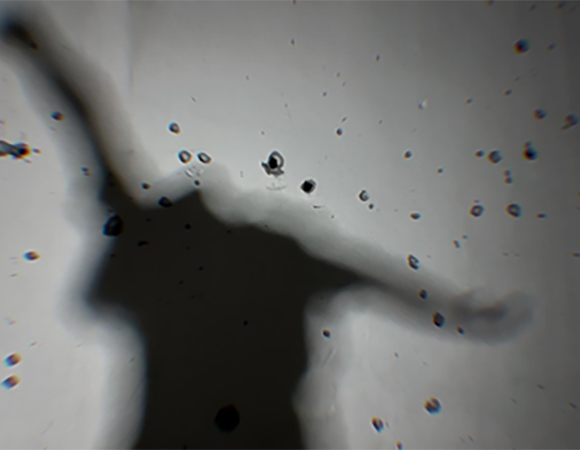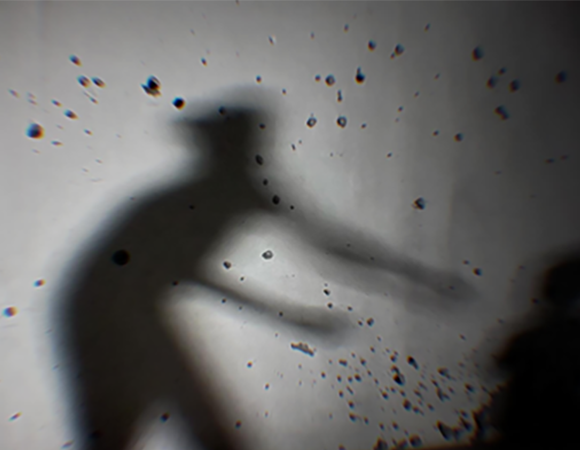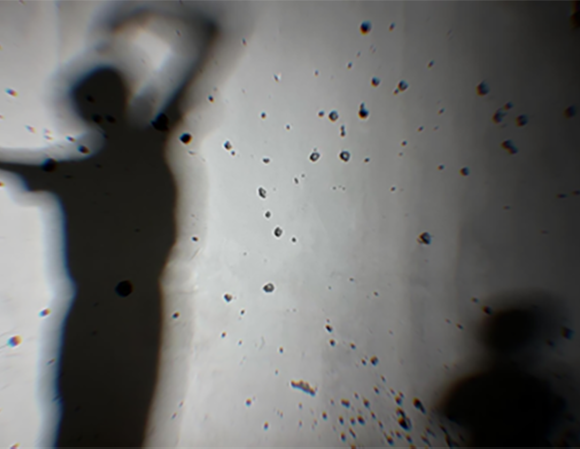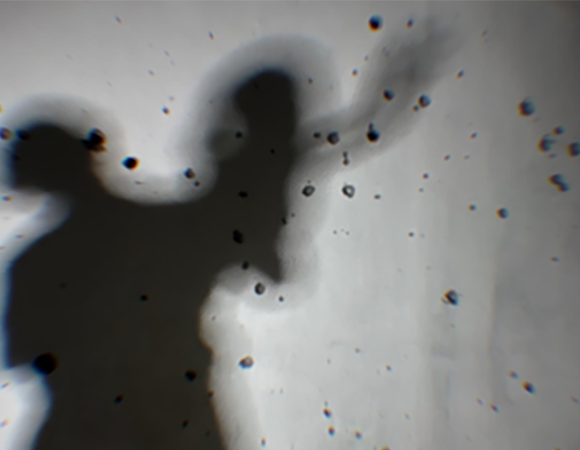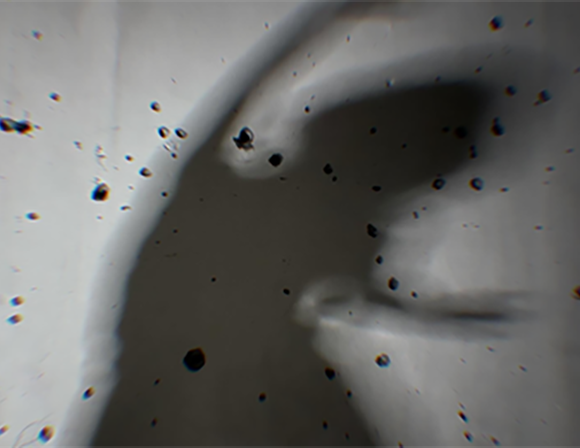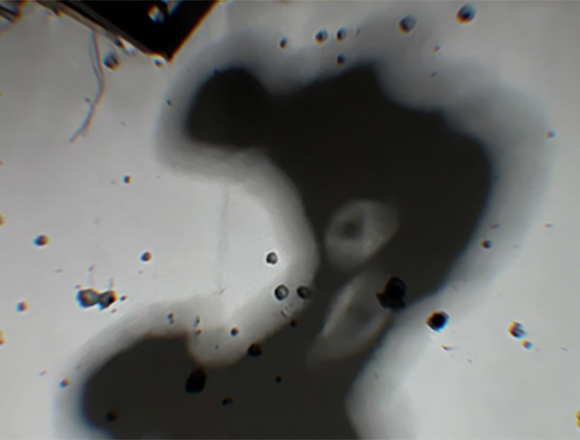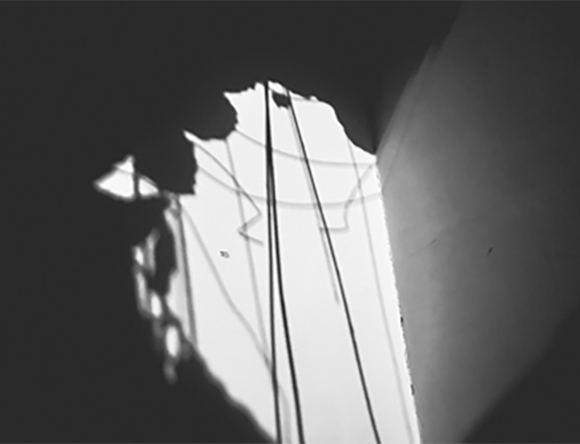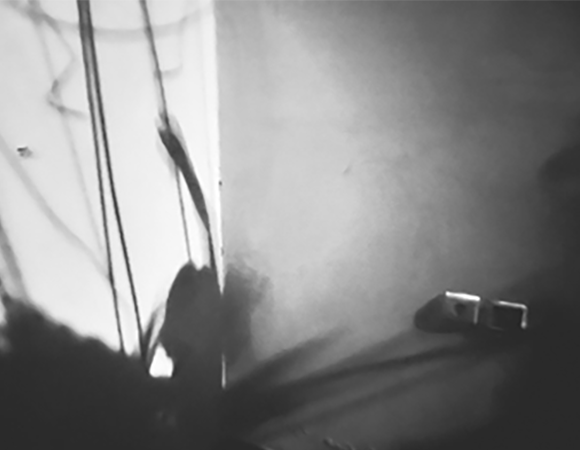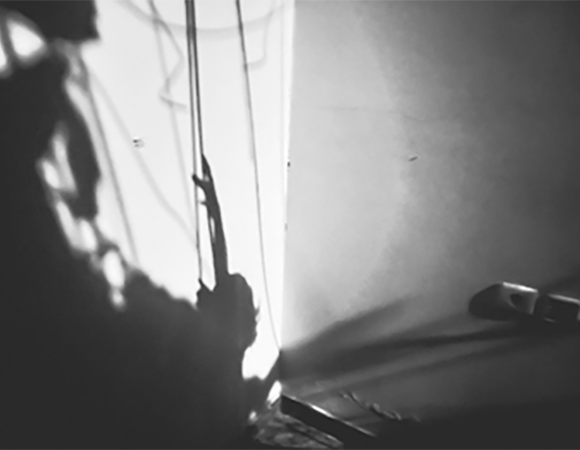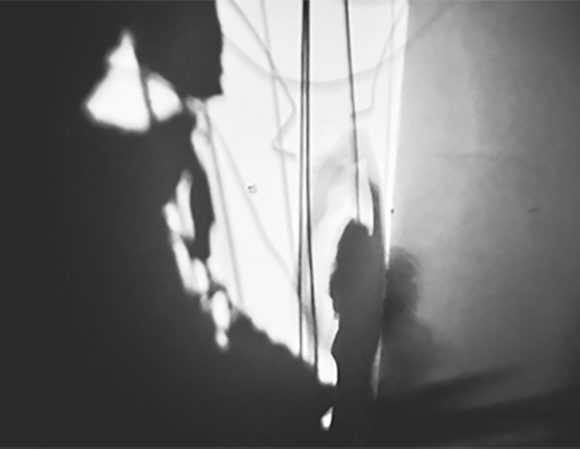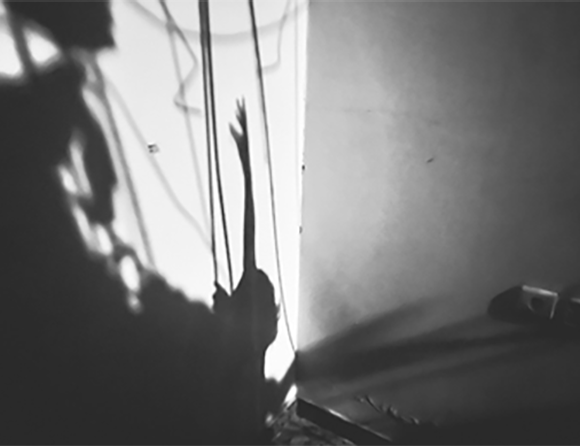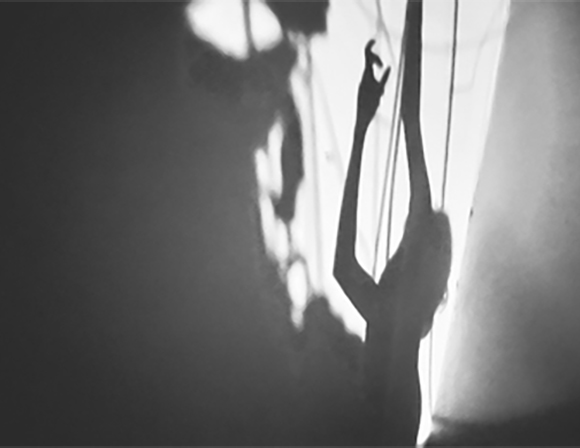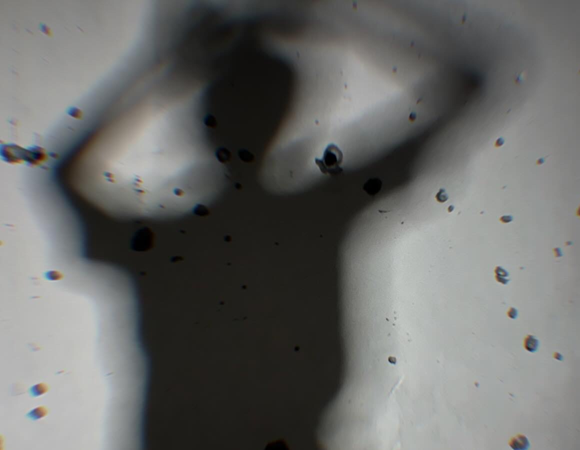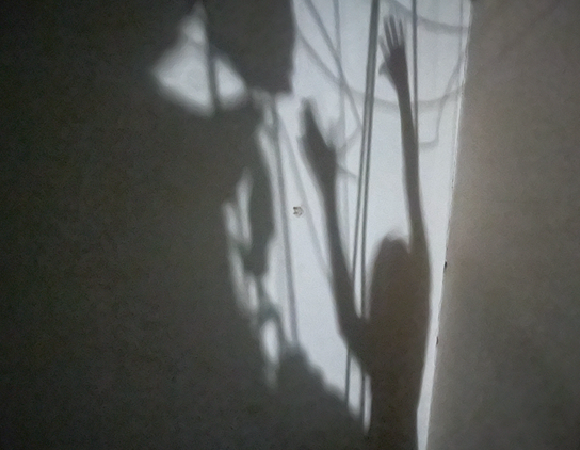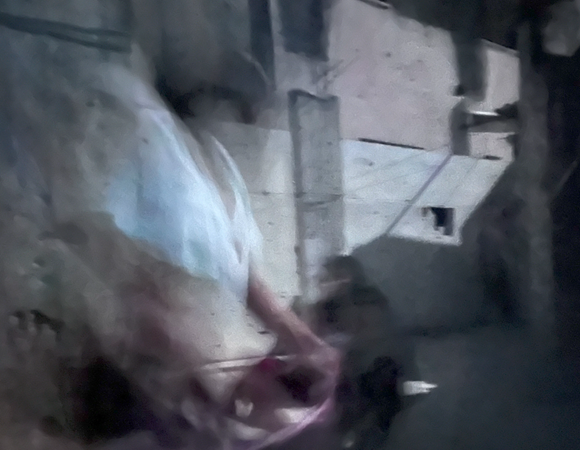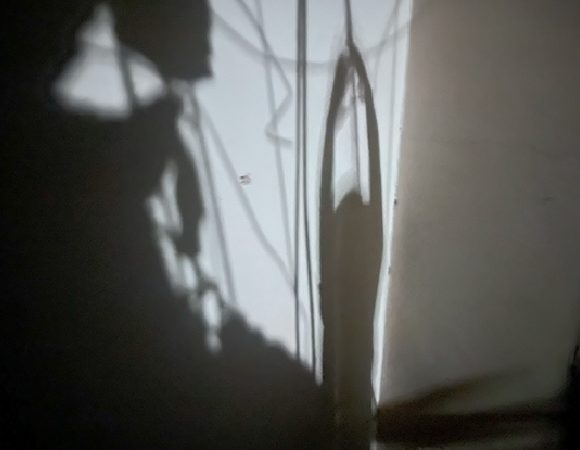Dancing with the Shadow
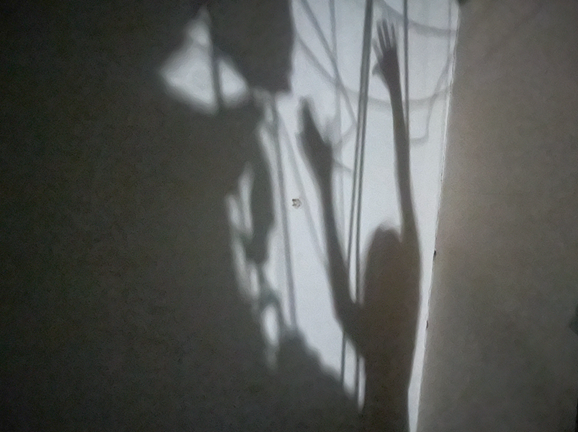
In the moment I saw my shadow, I realized I had survived. Its presence was the first proof that my body still existed in a space torn by bombardment, that I had not dissolved into oblivion.
My shadow began to interact with the ruined place around it: dancing across a wall filled with holes, clinging to the iron sticking out from the ceiling, expanding on the gaps left by the explosion as if searching for a new life.
In the midst of annihilation, the shadow became freer than the body, more capable of asserting existence. While the body chokes in the narrowness of survival, the shadow expands within the shattered space to declare: we are here. Perhaps I cannot dance in the street, but who knows, maybe my shadow dances in my stead. Perhaps I cannot express my feminine side in the scent of death, yet my shadow has done so for me, proclaiming that life always finds other passages to go on.
الرقص مع الظل
في اللحظة التي رأيتُ فيها ظلي، أدركت أنني نجوت. كان حضوره الدليل الأول على أن جسدي ما زال موجودًا في فضاءٍ قُصِف، وأنني لم أتحول إلى غياب.
بدأ ظلي يتفاعل مع المكان من حوله: يرقص على جدار مثقوب، يتشبث بالحديد البارز من سقف الغرفة، ويتسع في الفجوات التي خلّفها الانفجار كأنه يبحث عن حياة جديدة.
في لحظة الإبادة، صار الظل أكثر حرية من الجسد، أكثر قدرة على إثبات الوجود، بينما يختنق الجسد في ضيق النجاة، يتمدد الظل في الفضاء المدمر ليقول: نحن هنا. ربما لا أستطيع الرقص في الشارع، لكن من يدري؟ لعلّ ظلي يفعل ذلك عني. وربما لا أستطيع أن أكتشف جانبي الأنثوي وسط رائحة الموت، لكن ظلي فعل ذلك نيابةً عني، معلنًا أن للحياة ممرّات أخرى للبقاء.
